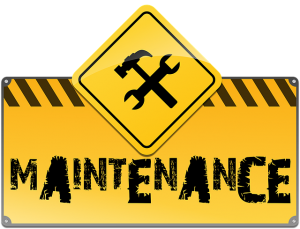TQM tools have been around for more than 50 years, and revolutionised the concept of quality and process conformity. They are still used today, and successful companies appreciate that building quality into the process is the only way to be competitive.

More than just quality control
Quality control traditionally focused on 100% inspection. That is, the Inspection process catches the rejects at the end of the line or process, before the product gets shipped to the customer.
The problem is, 100% inspection is only 70% efficient. There are guaranteed to be parts that get through the net and passed onto the customer!
Add to this, it is argued that in most cases, and unless the customer specifically requires it, inspection is Non Value Add.Prevention is better than cure
It makes sense, therefore to focus on building quality into every process, whereby it is each operator’s task to pass quality product onto the next customer in the process.
Stop the line authority is critical, whereby the operators should be able to stop production to highlight a fault, address that fault as a team, and then eliminate the issue, carrying on with production only when the issues has been resolved.
Measuring process performance is also critical then– understanding real time performance allows management and operators to address those issues and defects instantly or as close to this as possible.
Strategic
TQM tools and their implementation, capitalises on the involvement of management, workforce, suppliers, and even customers, in order to meet or exceed customer expectations, building quality into the process.
Some specialists highlight nine common TQM practices being:
- cross-functional product design,
- process management,
- supplier quality management,
- customer involvement,
- information and feedback,
- committed leadership,
- strategic planning,
- cross-functional training,
- Employee involvement.
Culture, Culture, Culture…
Like any strategy, it works if it becomes embedded into the fabric of the firm. This takes time and patience and indeed effort. Perseverance will eventually pay and slowly but surely, TQM principles will systematically be utilised on a day to day basis, driving problems out of the business for good.
Effective TQM should be seen as not a system but a way of working, which identifies quality problems before they happen, and on the odd occasion when issues and defects do arise (hey, nothing’s perfect!), they are quickly identified at source, contained, so they are not passed to the customer, and then systematically eradicated to prevent reoccurrence.
TQM Tools
In true nature of preventing rather than curing problems, some of the most popularly used TQM Tools are as follows:
- Checklists
- Fishbone Diagrams
- Histogram charts
- Pareto Diagrams
- PDCA Cycle (Which TQM is built around)
- Process Flow Charts
- Process Control Chart
